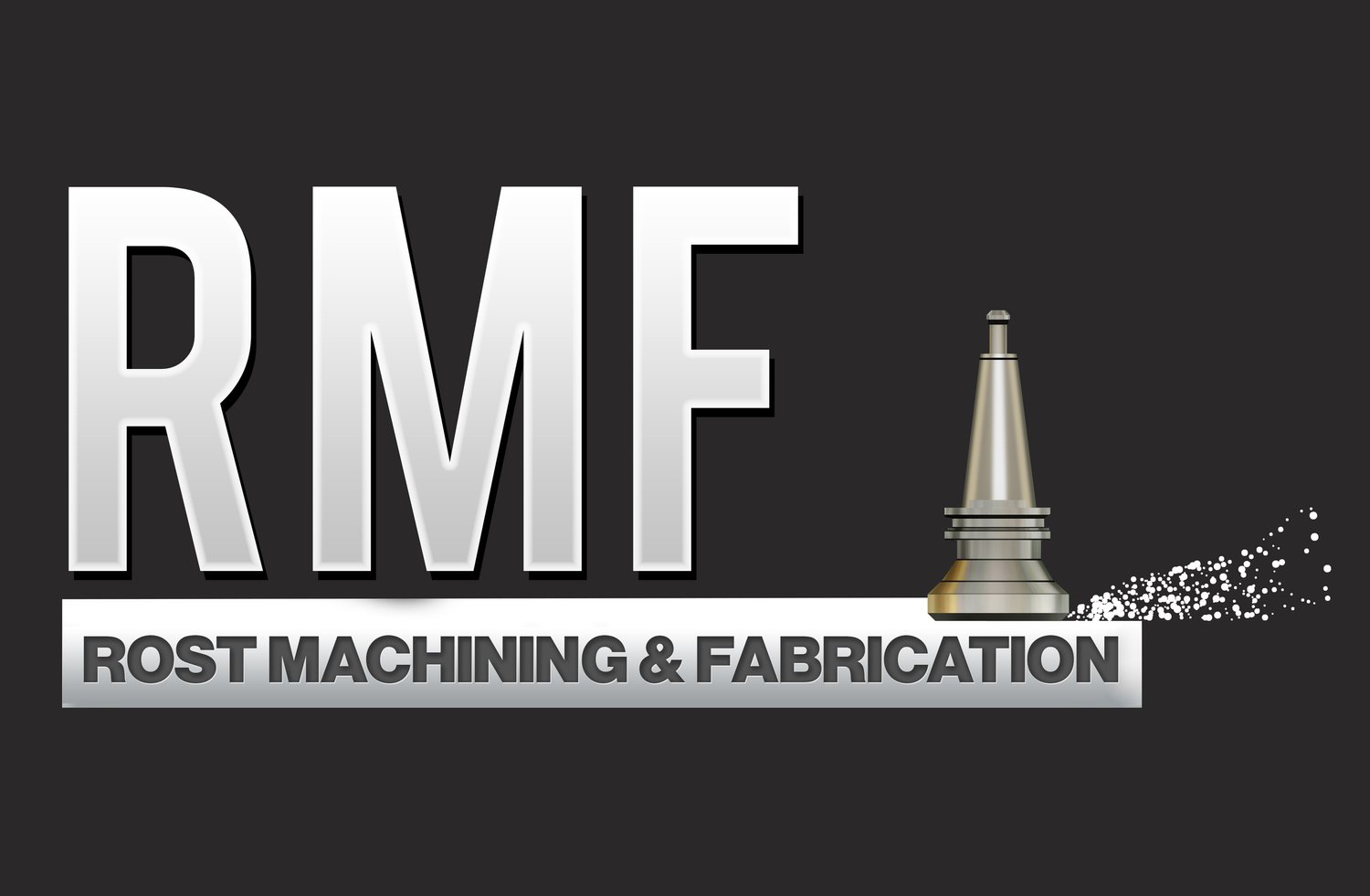Metal Fabrication Terminology 101: A Beginner’s Guide
Any company that needs to have metal fabrication services done needs to know the industry jargon and terminology before they get started with a project. Spearheading such a project may involve giving instructions and talking to the machining and fabrication company about product details. If you are new to the field and have just been tasked with such an undertaking, read on to take a crash course in the basic terminology and jargon.
Metal Fabrication Terminology 101: A Beginner’s Guide
Metal fabrication processes are a combination of various techniques that produce products from raw materials and semi-finished metal products. The output of metal fabrication may be used to complete a whole project or be the desired final result in itself.
Basic Metal Fabrication Jargon
If you are new to metal fabrication, here are a few of the most common jargon words you may encounter while on the job.
1 - Machining
The process involved in metal fabrication is referred to as “machining.” This process consists of various techniques such as drilling, grinding, turning, and milling. These processes shape a metal workpiece by removing unwanted metal pieces until the desired output is produced.
2 - CNC Machine
The machines that are used in metal fabrication are called Computer Numerical Control or CNC machines. These machines are used in the production of custom-designed components and parts of the project task.
3 - Punching
Punching refers to the process that uses a punching press to strike through a metal into a die. It may be either a subtractive or non-subtractive process depending on the type of output required for the project.
4 - Stamping
Stamping is a non-subtractive process that also uses a turret and presses the metal into a die. However, in contrast to punching, it does not punch holes into the metal but instead presses indentations.
5 - Casting
Casting refers to the process of pouring molten metal into a cast and being allowed to harden and retain its shape. Forms can be used in the mass production of identical parts because the casts can be reused repeatedly.
6 - Welding
This process of metal fabrication is used to join two metal parts together. A mixture of heat and pressure is used to join the components together.
7 - Shearing
This is another subtractive process that utilizes two blades, placed above and below the metal workpiece, that will shear (as the name implies) off unwanted pieces of metal from the primary workpiece.
8 - Folding
As its name suggests, the process of folding will bend metal workpieces at a specific angle. A punch and die machine is used to bend the metal into the desired shape and angle to reach its final form.
Conclusion
Although this is not an all-inclusive list of the possible terminologies you may encounter while working on a metal fabrication project, it is a starting point. Also, working with the right fabrication company will ensure that you will still get exactly what you expect and learn the essential jargon along the way. Skilled metal fabrication specialists will deliver high-quality output and communicate with you about the product specifications to ensure that they get it right.
Even a beginner in the metal fabrication industry will produce high-quality output if they work with the right metal fabrication company. Rost Machining and Fabrication (RMF) is the premier machining, fabrication, and finishing services provider in the South Bay! As a small, family-run business, we can put you - our customer - first and foremost, delivering personalized service that you won’t find elsewhere. Contact us for all your machining fabrication needs today!
